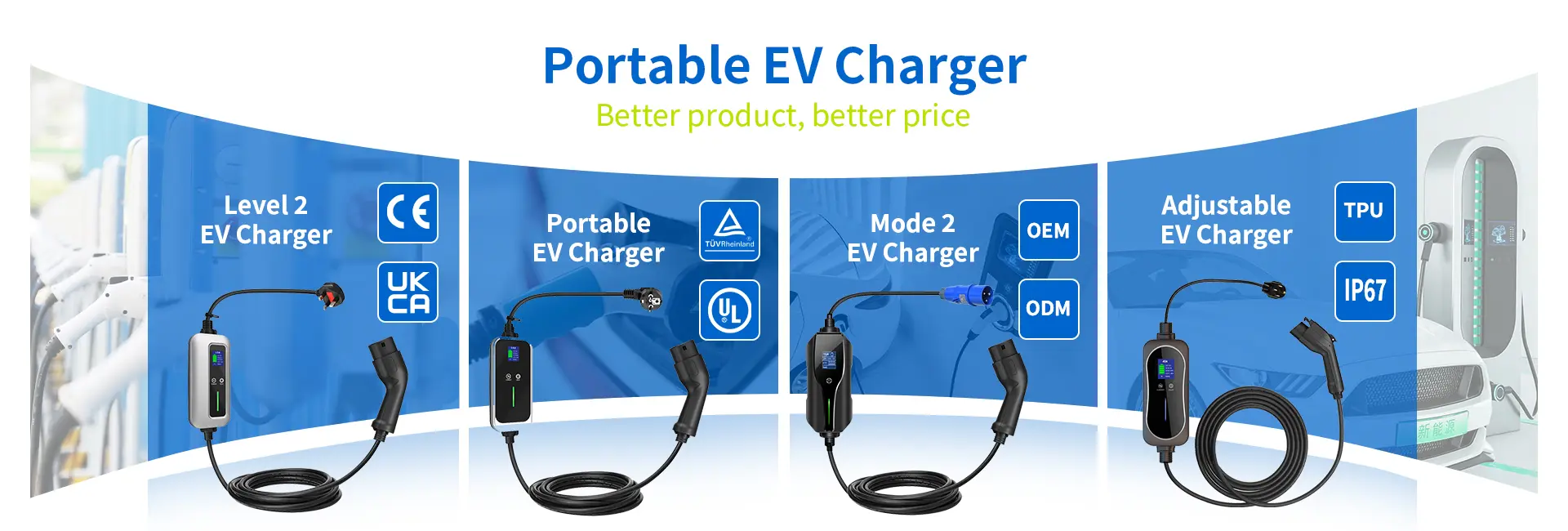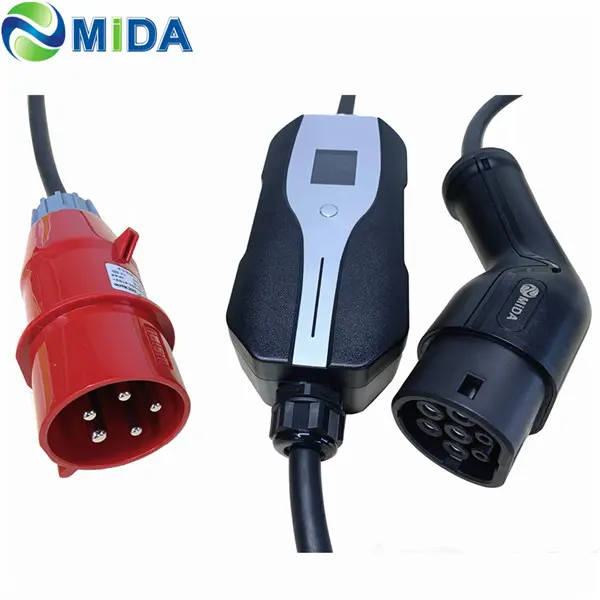Electric vehicles (EVs) have gained significant popularity in recent years due to their environmental benefits and cost efficiency. As more people make the switch to EVs, it is crucial to understand the various aspects of charging infrastructure. One key aspect to consider is the difference between single-phase and three-phase charging.

Single-phase charging is the most basic and widely available form of charging for EVs. It utilizes a standard household electrical outlet, typically with a voltage of 120 volts in North America or 230 volts in Europe. This type of charging is commonly referred to as Level 1 charging and is suitable for charging EVs with smaller battery capacities or for overnight charging, If you want to install an EV-charger at home and have a single-phase connection, the charger can deliver a maximum power of 3.7 kW or 7.4 kW.
On the other hand, three-phase charging, also known as Level 2 charging, requires a dedicated charging station with a higher voltage and power output. The voltage in this case is usually 240 volts in North America or 400 volts in Europe. In this case, the charge point is able to deliver 11 kW of 22 kW. Three-phase charging provides a faster charging speed compared to single-phase charging, making it more suitable for EVs with larger battery capacities or for situations where fast charging is necessary.

The main difference between single-phase and three-phase charging lies in the power delivery. Single-phase charging provides power through two wires, while three-phase charging utilizes three wires. This difference in the number of wires results in variations in charging speed and efficiency.
When it comes to charging time, three-phase portable charger can be significantly faster than single-phase charging. This is because three-phase charging stations provide a higher power output, allowing for a quicker replenishment of the EV's battery. With the ability to supply power through three wires simultaneously, three-phase charging stations can charge an EV up to three times faster than a single-phase charging outlet.
In terms of efficiency, three-phase charging also has an advantage. With three wires carrying power, the load is distributed more evenly, reducing the chances of overloading and minimizing energy loss during the charging process. This translates into a more efficient and safer charging experience.
While three-phase charging offers numerous advantages, it is important to note that the availability of Mida Portable Ev Charger stations is still limited compared to single-phase outlets. As EV adoption continues to grow, the installation of more three-phase charging infrastructure is expected to expand, offering users a convenient and faster charging option.
In conclusion, understanding the difference between single-phase and three-phase charging is crucial for EV owners and enthusiasts. Single-phase charging is more common and suitable for overnight charging or EVs with smaller battery capacities, while three-phase charging provides faster and more efficient charging for EVs with larger battery capacities or when quick charging is necessary. As the demand for EVs rises, it is expected that the availability of three-phase charging stations will increase, providing users with more options for charging their vehicles.
Post time: Sep-06-2023





